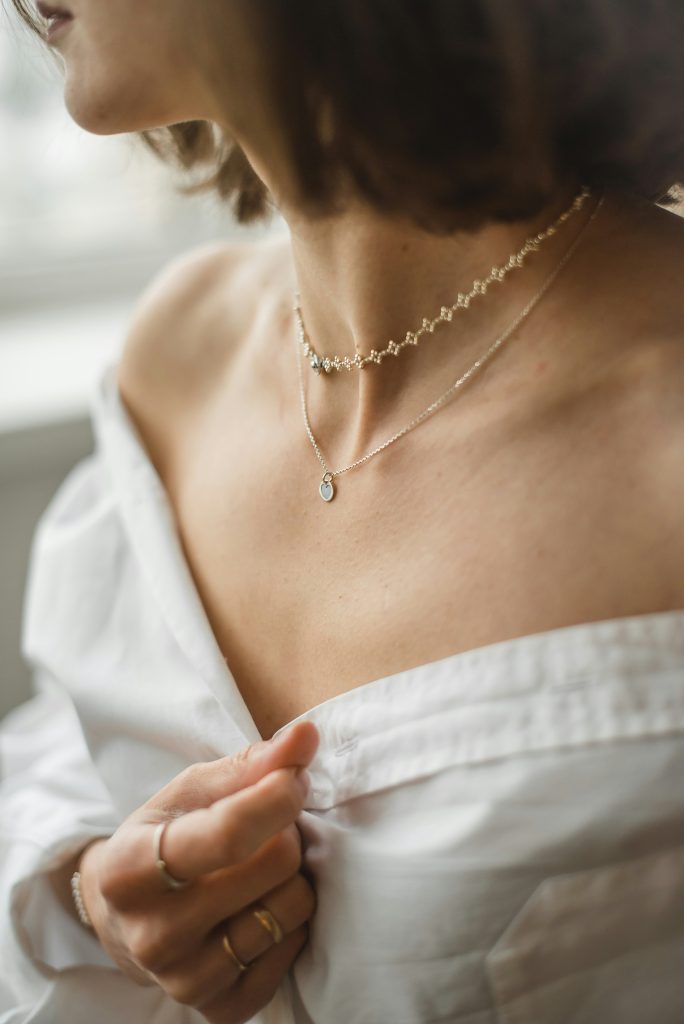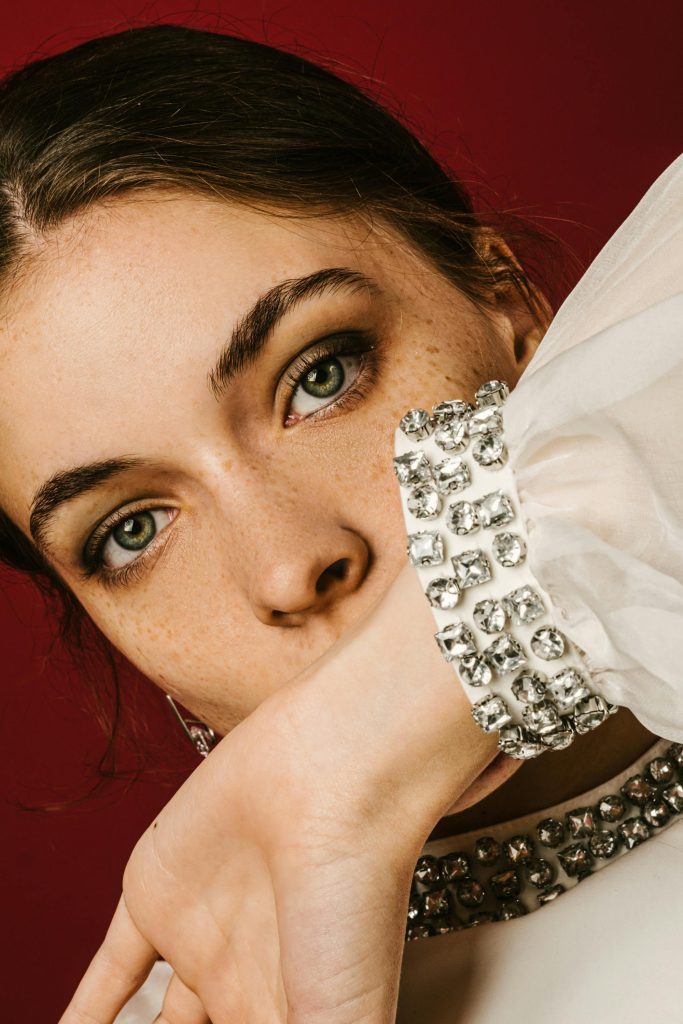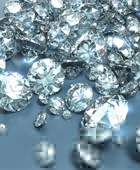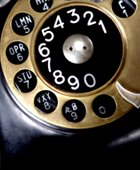The Interplay Between Pop Culture and Consumer Perception of Diamonds
Pop culture plays a pivotal role in shaping societal values, tastes, and consumer behavior. Within this dynamic framework, diamonds have held a particularly symbolic and aspirational status. From Hollywood films to chart-topping music, celebrity endorsements, and social media influencers, popular culture has repeatedly reinforced the notion that diamonds are the ultimate symbol of wealth, love, and success. When a prominent celebrity flaunts a sizable diamond ring or when a film character is presented with an opulent diamond necklace, these visuals embed themselves in public consciousness, driving both the perceived value and desirability of diamonds. This psychological influence extends beyond luxury; it creates a sense of emotional attachment and identity for consumers who aspire to emulate these pop culture figures. Consequently, diamond purchases are often made not solely based on objective valuation metrics like cut, clarity, color, or carat, but also influenced by emotional resonance and pop cultural relevance.

Celebrity Engagements and Red Carpet Moments as Market Catalysts
One of the most significant ways pop culture influences diamond valuation and sales is through celebrity engagements and public appearances. When a high-profile celebrity announces an engagement featuring a distinctive diamond ring—such as a rare pink diamond or an unusually large solitaire—the entire jewelry industry often sees an uptick in consumer interest and market demand for similar pieces. These highly publicized moments act as organic marketing campaigns, propelling certain diamond cuts, settings, and styles into the spotlight. For example, after Prince William proposed to Kate Middleton with Princess Diana’s sapphire ring, jewelers around the world saw a surge in demand for blue gemstones and vintage settings. Though not a diamond, this example illustrates the ripple effect celebrity choices can have on gemstone trends. Similarly, Beyoncé’s and Kim Kardashian’s high-carat engagement rings brought cushion cuts and emerald cuts into renewed popularity, directly influencing market inventory and pricing strategies. Jewelers often prepare collections in anticipation of these trends, understanding that pop culture can unpredictably shift buyer interest.
The Role of Music and Hip-Hop Culture in Redefining Diamond Desirability
Another critical driver of diamond popularity within pop culture is the music industry, particularly the influence of hip-hop. Since the 1980s and 1990s, hip-hop artists have embraced diamond jewelry—particularly “bling”—as a form of self-expression, success, and status. Over time, this cultural representation has contributed significantly to how diamonds are perceived and purchased by younger demographics. Artists like Jay-Z, Kanye West, Cardi B, and Migos frequently reference diamonds in their lyrics and are seen adorned with iced-out chains, watches, grills, and rings. This omnipresence of diamond imagery has expanded the diamond market to include a broader audience that sees these gems not just as tokens of romantic love, but also as symbols of individual achievement, rebellion, and identity. Importantly, the influence of hip-hop has spurred demand for more unconventional diamond pieces—such as custom-designed jewelry and colored diamonds—further diversifying the industry’s offerings and pricing strategies.
The Power of Film and Television in Shaping Diamond Fantasies
Film and television have long contributed to the idealization of diamonds. Iconic cinematic moments, such as Marilyn Monroe’s rendition of “Diamonds Are a Girl’s Best Friend” or the dramatic display of the Heart of the Ocean necklace in Titanic, have embedded the image of diamonds as ultimate luxuries in cultural memory. More recently, shows like The Bachelor and Keeping Up with the Kardashians regularly feature extravagant diamond gifts, reinforcing this association for new generations. These representations not only elevate the cultural importance of diamonds but also set certain expectations regarding size, brilliance, and monetary value. Jewelry retailers sometimes reference these fictional or semi-fictional examples in their marketing campaigns to evoke the same emotions that viewers experience while watching such content. This fusion of fantasy and commerce impacts valuation, as consumers may be willing to pay a premium for diamonds that resemble or evoke associations with the jewels seen on screen, regardless of their intrinsic gemological characteristics.
Social Media’s Immediate and Viral Influence on Diamond Trends
In recent years, the rise of social media has drastically accelerated the speed at which diamond trends are formed and disseminated. Platforms like Instagram, TikTok, and Pinterest serve as global showcases where influencers, celebrities, and everyday users display their diamond acquisitions. A viral video featuring a unique engagement ring or an influencer’s post showing a particular diamond shape can prompt thousands of consumers to seek similar designs. This immediacy has made the diamond market more reactive than ever before, with jewelers needing to adapt swiftly to viral trends. Social media algorithms also promote aspirational content, meaning that visually stunning diamonds are more likely to be seen and emulated. Hashtags such as #engagementring, #diamondring, or #luxurylifestyle drive traffic to diamond-related posts, subtly reinforcing desirability. Moreover, real-time customer reviews and unboxings create a sense of authenticity that traditional advertisements often lack, further shaping consumer trust and purchasing behavior.

Fashion Industry Collaborations and Designer Branding Impact
Collaborations between high-profile fashion designers and luxury jewelry houses have significantly influenced diamond valuations by blending brand prestige with artistic appeal. When global fashion icons like Gucci, Louis Vuitton, or Chanel release limited-edition diamond collections or collaborate with renowned diamond brands such as Tiffany & Co., Graff, or De Beers, the market reacts accordingly. These collaborations create scarcity and perceived exclusivity, both of which are powerful psychological triggers that elevate the value of the pieces involved. For example, Pharrell Williams’ partnership with Louis Vuitton and his diamond-encrusted sunglasses pushed not only the boundaries of luxury fashion but also showcased diamonds in novel contexts. By associating diamonds with high fashion and avant-garde design, pop culture effectively elevates diamonds from traditional jewelry items to unique works of wearable art. This convergence attracts collectors, fashion enthusiasts, and investors alike, creating niche markets where prices can exceed the intrinsic gem value due to cultural or designer significance.
Shifts in Gender Norms and Diamond Consumption
Pop culture has also helped redefine traditional gender roles in jewelry consumption, particularly through changing representations in media. Historically, diamond jewelry—especially engagement rings—was marketed almost exclusively to women. However, recent portrayals of men wearing diamond jewelry in movies, music videos, and fashion spreads have reshaped the consumer base. Male celebrities such as Harry Styles, Timothée Chalamet, and Bad Bunny regularly wear diamond brooches, earrings, and rings, signaling a cultural shift that normalizes and celebrates diamond adornment among men. This evolution expands market demand, influencing the kinds of diamond products manufactured and sold. Jewelry designers now offer gender-neutral or masculine-styled pieces featuring diamonds, which are no longer confined to delicate or feminine aesthetics. This broader market appeal contributes to increased sales volumes and greater diversity in pricing, as the industry adapts to new consumer profiles influenced by evolving cultural norms around gender and self-expression.
Diamond Alternatives and the Pop Culture Narrative
Interestingly, pop culture’s influence is not limited to promoting natural diamonds—it has also played a role in elevating diamond alternatives like moissanite and lab-grown diamonds. As sustainability becomes a central theme in popular discourse, media portrayals of eco-conscious celebrities and influencers opting for lab-grown stones have impacted consumer preferences and perceptions. Stars like Emma Watson and Leonardo DiCaprio, both advocates of ethical sourcing, have lent credibility to non-traditional options. Lab-grown diamonds, in particular, have gained mainstream attention through coverage in fashion magazines, YouTube reviews, and social campaigns promoting transparency and environmental responsibility. Although these stones are chemically identical to mined diamonds, their pricing is often lower, which introduces a new dynamic into valuation models. Consumers now weigh the social and ethical implications of their purchases alongside traditional markers of value, and pop culture continues to shape how these alternatives are perceived and positioned within the broader gemstone market.
The Economic Ripple Effect of Pop Cultural Endorsement
When pop culture elevates a particular diamond trend, it doesn’t just affect retail sales—it also has downstream effects on diamond sourcing, cutting, and certification industries. For example, an increase in demand for oval-cut diamonds due to celebrity engagement rings often leads to a temporary shortage of rough stones suitable for that cut. This can influence wholesale pricing and even affect mining operations that prioritize certain types of roughs. Additionally, grading laboratories may experience spikes in demand for certification services on the types of stones most visible in the media. Auction houses and secondary markets may also adjust their pricing models to reflect new consumer interests driven by cultural phenomena. Thus, pop culture’s influence on diamonds extends beyond aesthetics or symbolism; it reaches into logistics, supply chains, and global market behavior. This cyclical relationship between culture and commerce underscores the complex interplay between intangible cultural capital and tangible market value.
Conclusion: A Dynamic Relationship Between Image and Intrinsic Worth
Ultimately, the valuation and sale of diamonds are not governed solely by the gem’s physical properties but are profoundly influenced by cultural context. Pop culture acts as a powerful amplifier of desirability and symbolic value, often overshadowing traditional valuation metrics. Whether through celebrity endorsements, social media trends, or cinematic storytelling, pop culture constructs narratives around diamonds that deeply affect how consumers perceive and purchase them. As media consumption becomes increasingly global and instantaneous, the influence of pop culture on diamond markets is expected to intensify further. For industry stakeholders—ranging from miners to marketers—understanding this cultural dynamic is essential to anticipating demand, shaping inventory, and creating compelling brand stories. As such, diamonds will likely remain not just geological treasures but also cultural icons, their value fluctuating as much with fame and fashion as with form and flawlessness.




